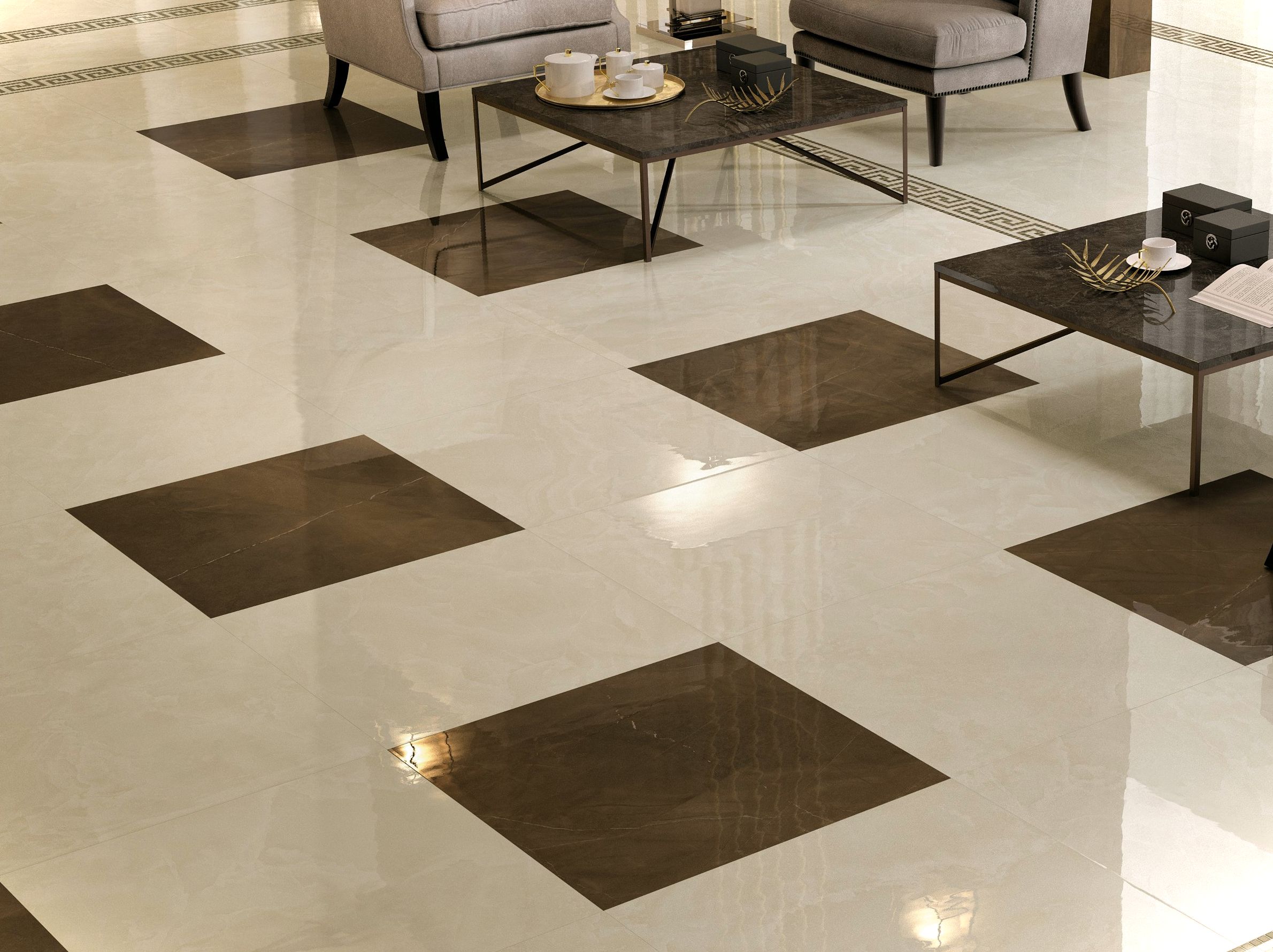Curtain Wall Guide: Design, Types, and Benefits Explained In high-rise buildings, they are especially important for maintaining a comfortable temperature for occupants. These systems do not require the individual installation of each component and are often used in high-rise buildings because they do not require exterior supports like cranes or scaffolding. These components work together to create a weather-resistant, energy-efficient facade that also enhances the building’s aesthetic appeal. Curtain walls are usually considered more attractive than other types of walls because they allow for more natural light and provide better views. The choice of curtain wall materials, such as aluminum frames and durable glazing, can also impact maintenance requirements. Incorporating the latest advancements in curtain wall construction is essential for meeting future environmental standards and enhancing building performance. By using sustainable materials, leveraging advanced technology, and implementing smart systems, the future of curtain wall design promises increased efficiency and functionality. Steel framing is making a bit of a comeback for glazed curtain walls thanks to advances in material grades and forming technology. While steel is inherently heavy, the right system can support larger wind and glass loads. In the stick curtain wall system, the components will be https://www.flipsnack.com/95FB5CFF8D6/clear-view-builders/full-view.html assembled piece by piece on the construction site itself.
Stone Veneer Curtain Wall Systems
Furthermore, curtain wall systems contribute to the overall safety and durability of the building. These systems are designed to withstand wind loads, seismic requirements, and extreme weather conditions, providing robust protection against external forces. Understanding the different types of curtain wall systems is essential when planning a construction project.Infill Panels for Curtain Wall Systems
Contact Us
Clear View Builders
Email: [email protected]
Phone: +19164205862
4913 Rio Linda Blvd
Sacramento, California, United States 95838
Sound Insulation
- The added value comes not only from the visual appeal but also from the energy efficiency and spatial benefits curtain walls provide.These walls serve as a barrier against wind, rain, and temperature fluctuations, contributing to a building’s durability and comfort.Stick curtain wall systems have a lower shipping cost because they can be adjusted on-site, but they have a higher labor and time cost.Siding comes in many forms and materials, which are generally chosen based on the designand aesthetics of the building.

